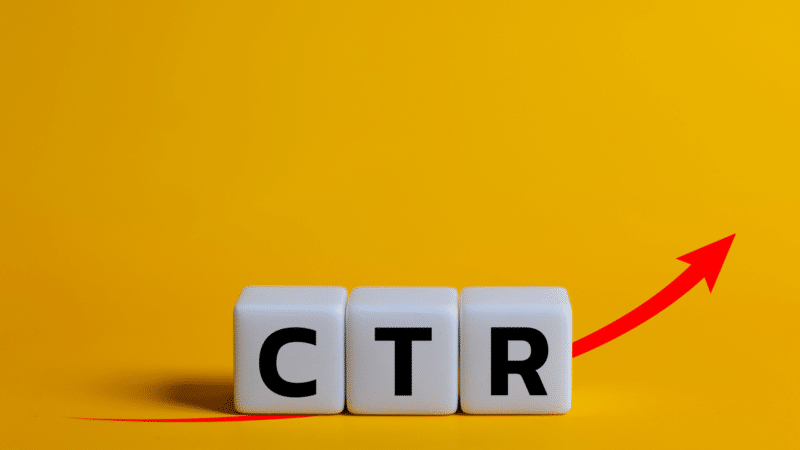
The Critical Role of Click-Through Rate in SEO Optimization
In today’s competitive digital landscape, understanding the metrics that drive website traffic is essential for marketers and SEO professionals alike. One such pivotal metric that has gained significant recognition is the click-through rate (CTR). Although achieving high search engine rankings is important, it ultimately only matters if users actually click through to the content. Thus, optimizing CTR is now a primary focus for successful search engine optimization strategies.
Historically, CTR was perceived as an indirect influence on rankings. However, recent insights, especially during the antitrust proceedings against Google, have emphasized its transformation into a recognized ranking signal. This shift highlights how engagement metrics are increasingly pivotal in determining a webpage’s visibility. For those in the SEO field, examining CTR data through tools like Google Search Console is essential to identify underperforming pages. Such analysis enables the pinpointing of specific areas for optimization, especially for those pages that could attract more traffic.
A significant step towards improving CTR lies in optimizing metadata. It involves crafting compelling title tags and meta descriptions that resonate with search intent. Marketers can utilize data not just from organic SEO efforts, but from Google Ads and even email campaigns to refine their messaging strategies. By aligning these with user expectations and intent, the potential for higher click rates increases substantially. Moreover, embedding elements that project experience, expertise, authoritativeness, and trustworthiness (collectively known as E-E-A-T) within the metadata can further elevate user trust, leading to better CTR outcomes.
Incorporating psychological triggers plays a unique role in driving engagement. Tactics such as highlighting urgency or exclusive offers effectively leverage FOMO (fear of missing out) to encourage clicks. However, caution is required; the use of power words must strike a balance to ensure user trust remains intact. Additionally, structured data implementation, such as rich snippets and appropriate schema markup, can enhance listings’ visual appeal in search results, making them more engaging for users and improving CTR.
An equally critical aspect is URL optimization. Clear and concise URLs enhance user trust and clickability. Complex URLs deter users, so ensuring straightforward structures can significantly influence CTR. As studies suggest, there is indeed a positive feedback loop between CTR and rankings; higher-ranked pages tend to attract better CTRs. Thus, focusing on improving CTR can lead to more favorable rankings, perpetuating this beneficial cycle.
For marketers and content creators, continuous monitoring and testing of CTR performance is vital. The use of tools like Google Search Console combined with A/B testing empowers professionals to measure the effectiveness of adjustments made. This iterative approach ensures that CTR optimization remains aligned with user engagement strategies.
Additionally, in the realm of digital marketing, effective link management plays a crucial role in CTR optimization. Utilizing URL shorteners can enhance the experience by providing cleaner links, hence instilling trust when users interact with shared links on social media or in email communications. Shortened links, especially when personalized, can significantly improve user engagement rates, contributing positively to overall CTR.
In conclusion, prioritizing CTR optimization and integrating multifaceted marketing strategies are essential for driving website traffic. By focusing on continuously refining the user engagement process through mental triggers, effective metadata, and clear URLs, marketing professionals can unlock the full potential of their SEO efforts.
Tags de l'industrie
#BitIgniter #LinksGPT #UrlExpander #UrlShortener #SEO #MarketingNumérique
Vous voulez en savoir plus : Lire la suite ici

